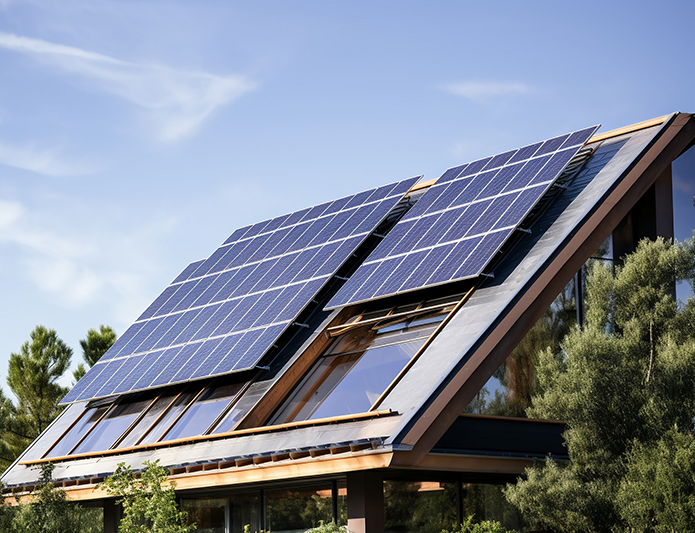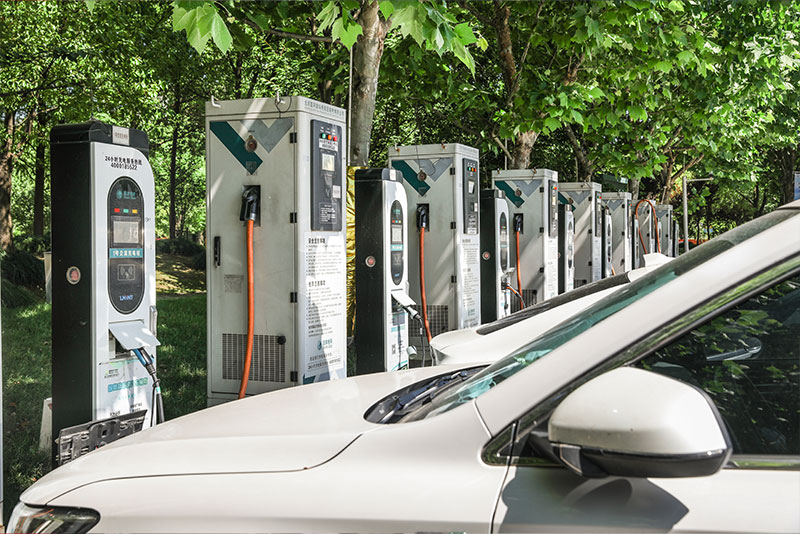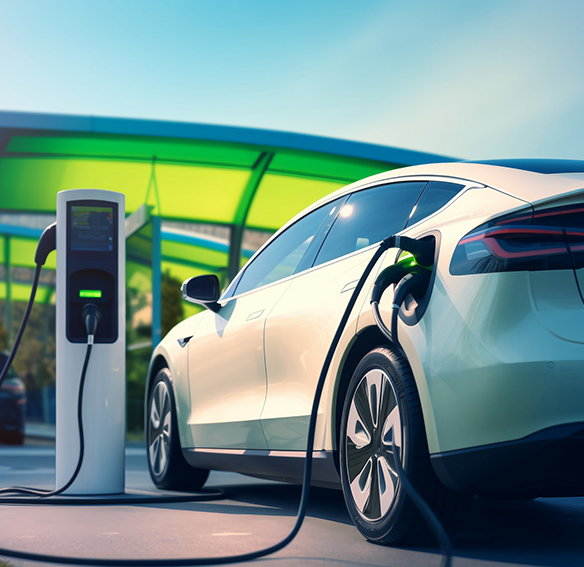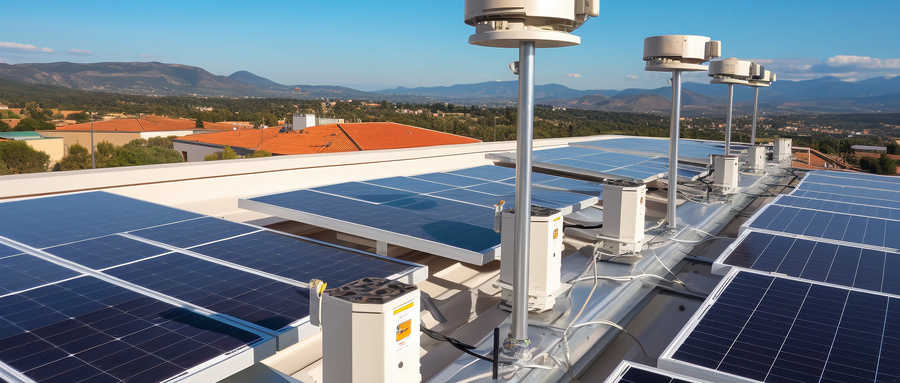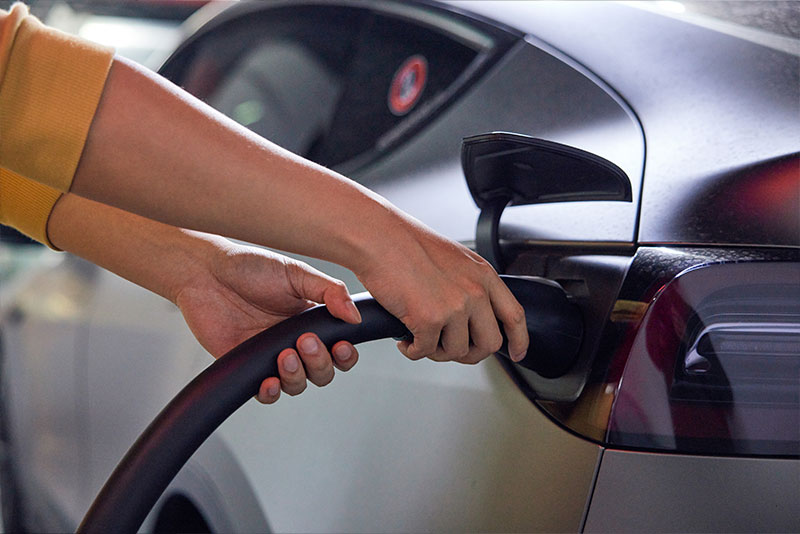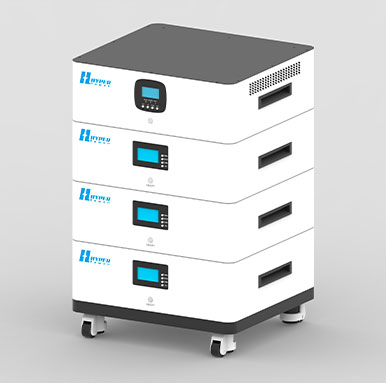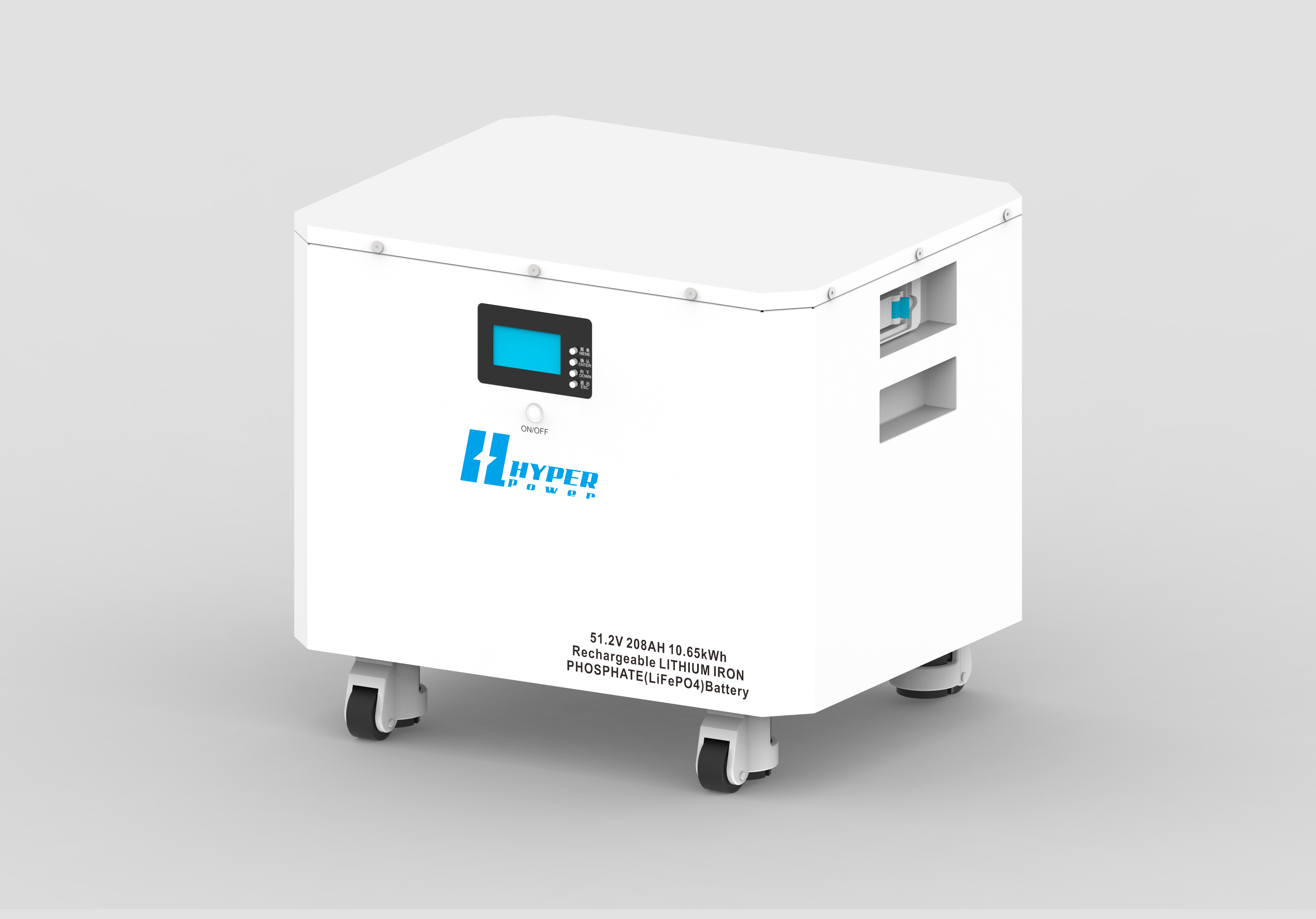A Comprehensive Guide to Solar Battery Energy Storage Systems
Explore everything you need to know about solar battery energy storage, including its benefits, components, types, installation considerations, and future trends.
Introduction
As the world transitions toward renewable energy sources, solar power has emerged as one of the most viable and sustainable options. The growing concerns about climate change and the increasing cost of fossil fuels have accelerated the adoption of solar energy. However, the intermittent nature of solar energy—its reliance on sunlight—poses a challenge for consistent energy supply. This is where solar battery energy storage systems come into play. These systems store excess solar energy for later use, ensuring a continuous power supply even when the sun isn't shining.
The concept of solar battery energy storage is gaining traction among homeowners, businesses, and governments. It enables greater energy independence, reduces reliance on the electrical grid, and contributes to a more sustainable future. Whether you’re looking to power a residential home or an industrial facility, understanding how solar battery storage works and its benefits can help you make an informed decision.
This comprehensive guide will explore everything you need to know about solar battery energy storage, including its benefits, components, types, installation considerations, and future trends.

What is Solar Battery Energy Storage?
A solar battery energy storage system is designed to capture and store electricity generated by solar panels. This stored energy can be used during peak demand periods, nighttime, or cloudy days when solar generation is low or nonexistent.
Solar panels generate electricity only when the sun is shining, which means that without storage, excess energy generated during the day goes unused or is sent back to the grid. Solar battery storage systems allow users to retain this excess energy and utilize it when needed, improving overall energy efficiency and reliability.
These systems are particularly beneficial for off-grid locations, areas with unstable electricity grids, and homeowners looking to reduce their electricity bills. Additionally, businesses can use these systems to optimize energy consumption and protect against power outages, which can disrupt operations and lead to financial losses.
Key Components of a Solar Battery Energy Storage System
A solar battery energy storage system consists of several key components that work together to ensure efficient energy storage and utilization:
a) Solar Panels
Solar panels are the primary source of energy generation in a solar power system. These photovoltaic (PV) modules convert sunlight into direct current (DC) electricity. The efficiency and output of solar panels depend on factors such as panel type, sunlight exposure, and installation angle.
b) Charge Controller
The charge controller regulates the voltage and current coming from the solar panels to prevent overcharging of the battery. Overcharging can damage the battery and reduce its lifespan. Advanced charge controllers also include monitoring systems that provide real-time data on energy generation and consumption.
c) Battery Storage Unit
The battery is the core component of a solar battery energy storage system. It stores the excess electricity generated by the solar panels, allowing users to access energy when sunlight is unavailable. Battery capacity, efficiency, and lifespan vary depending on the type of battery used.
d) Inverter
Most household and commercial appliances run on alternating current (AC) power. The inverter converts the stored DC electricity from the battery into usable AC power. Some advanced inverters also provide power optimization and grid interaction capabilities.
e) Energy Management System (EMS)
An Energy Management System (EMS) optimizes energy usage by monitoring and controlling how energy is stored and consumed. Smart EMS solutions can integrate with home automation systems, enabling users to manage their energy usage remotely via mobile apps.
Each of these components plays a crucial role in ensuring the efficiency and reliability of a solar battery storage system.
Types of Solar Battery Energy Storage Systems
Different battery technologies are used in solar energy storage, each with unique characteristics that affect efficiency, cost, and lifespan. The main types include:
a) Lithium-Ion Batteries
The most popular choice for residential and commercial applications due to their high energy density and efficiency.
Long lifespan (10-15 years) with over 5,000 charge cycles.
Compact and lightweight, making them easy to install.
Higher upfront costs but lower long-term maintenance.
b) Lead-Acid Batteries
A more affordable option with lower initial investment costs.
Lower efficiency compared to lithium-ion batteries.
Shorter lifespan (3-5 years) with fewer charge cycles.
Bulkier and require proper ventilation and maintenance.
c) Flow Batteries
Suitable for large-scale energy storage applications.
Extremely long cycle life, with minimal degradation over time.
More expensive and require additional space for installation.
Can store large amounts of energy for extended periods.
d) Saltwater Batteries
An emerging environmentally friendly alternative with non-toxic materials.
Lower energy density compared to lithium-ion batteries.
Still in early stages of commercial adoption.
Selecting the right battery technology depends on your energy needs, budget, and available installation space.
Benefits of Solar Battery Energy Storage
Investing in a solar battery energy storage system offers numerous benefits, including:
- Energy Independence: Reduce reliance on the power grid and have access to energy anytime.
- Cost Savings: Lower electricity bills by using stored energy during peak hours when grid electricity is more expensive.
- Backup Power: Maintain a continuous power supply during outages, protecting critical appliances and equipment.
- Environmental Impact: Reduce carbon footprint by maximizing the use of clean, renewable solar energy.
- Grid Support: Help stabilize the energy grid by reducing demand fluctuations and allowing excess energy to be shared with the community.
These advantages make solar battery storage a valuable investment for both residential and commercial users.

How to Choose the Right Solar Battery Energy Storage System
When selecting a solar battery storage system, consider the following factors:
a) Capacity & Power Rating
Capacity, measured in kilowatt-hours (kWh), determines how much energy the battery can store. Power rating, measured in kilowatts (kW), indicates how much energy can be delivered at a given time.
b) Depth of Discharge (DoD)
DoD indicates the percentage of battery capacity that can be used before recharging is needed. A higher DoD means more usable energy.
c) Round-Trip Efficiency
Measures how much energy is retained after charging and discharging. Higher efficiency means less energy loss.
d) Battery Lifespan & Warranty
Check the cycle life and manufacturer’s warranty (typically 5-15 years). Longer warranties indicate better battery durability.
Installation & Maintenance Considerations
a) Professional Installation
Hiring a certified installer ensures compliance with safety regulations and optimal performance. Proper positioning and ventilation are critical to system efficiency.
b) Maintenance Tips
Regularly check battery health and performance.
Keep batteries in a temperature-controlled environment.
Update firmware and software of energy management systems for optimal operation.
Conclusion
Solar battery energy storage systems are transforming how we use renewable energy. They enhance energy independence, reduce costs, and promote sustainability. Investing in the right storage system provides long-term benefits and contributes to a greener future. If you're considering a system, consult a professional to explore the best options available. The future of energy is here—maximize the power of the sun today!
Blog

Maximizing Energy Independence with Home Lithium Battery Storage

How Residential Photovoltaic Energy Storage Systems Empower Sustainable Homes
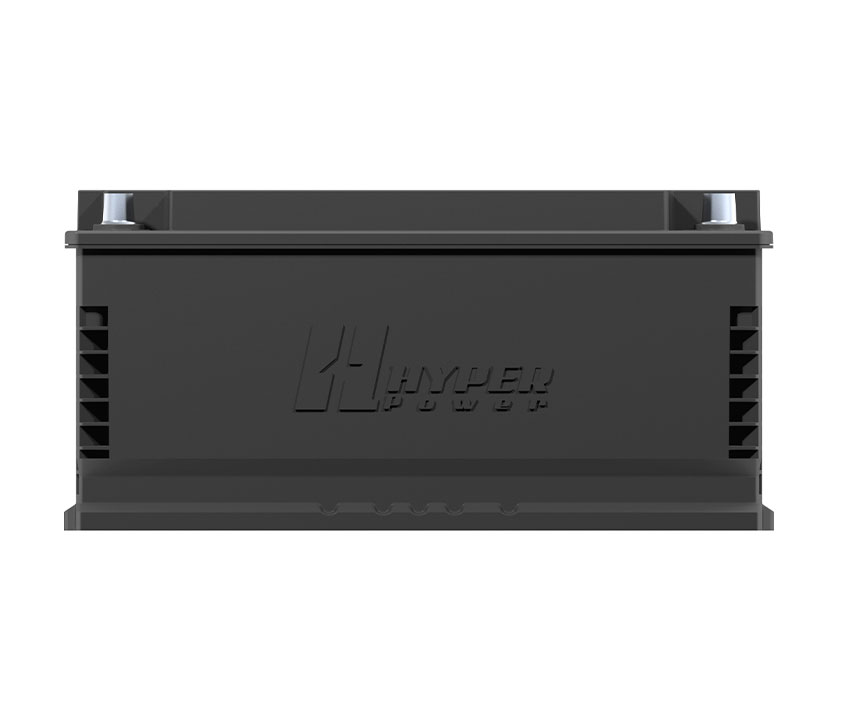
Why the 12V Lithium Ion Car Battery is the Smarter Automotive Power Solution — Insights from JEJE Energy
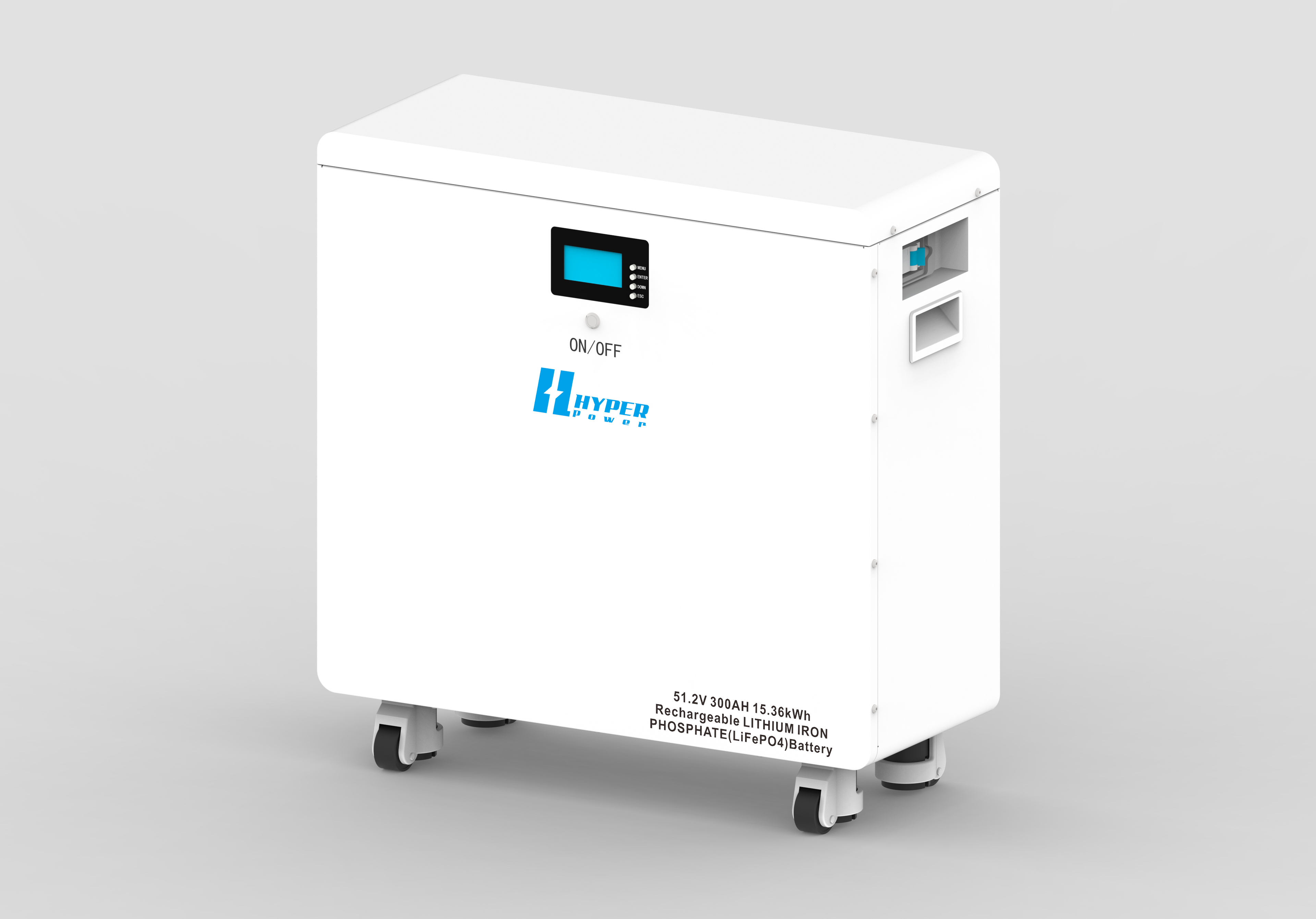





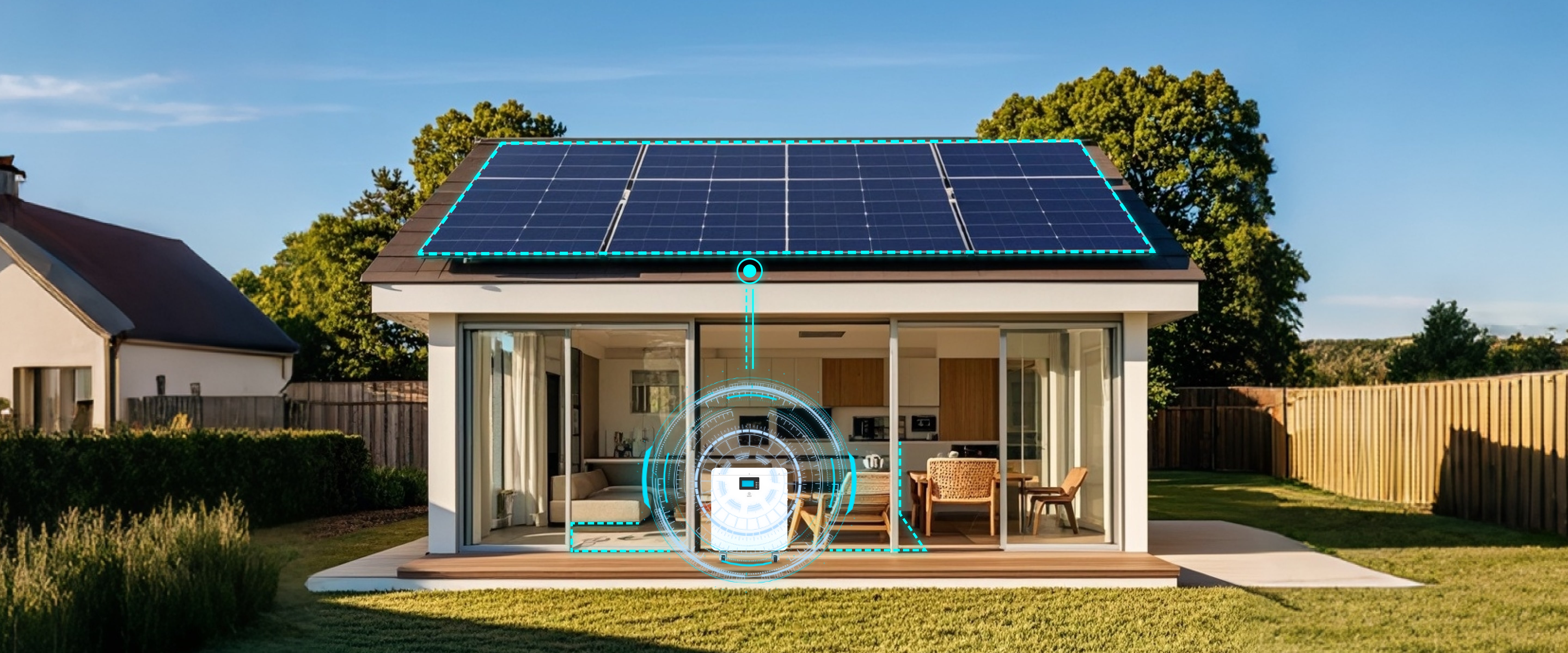


-Charging.png)
.jpg)





